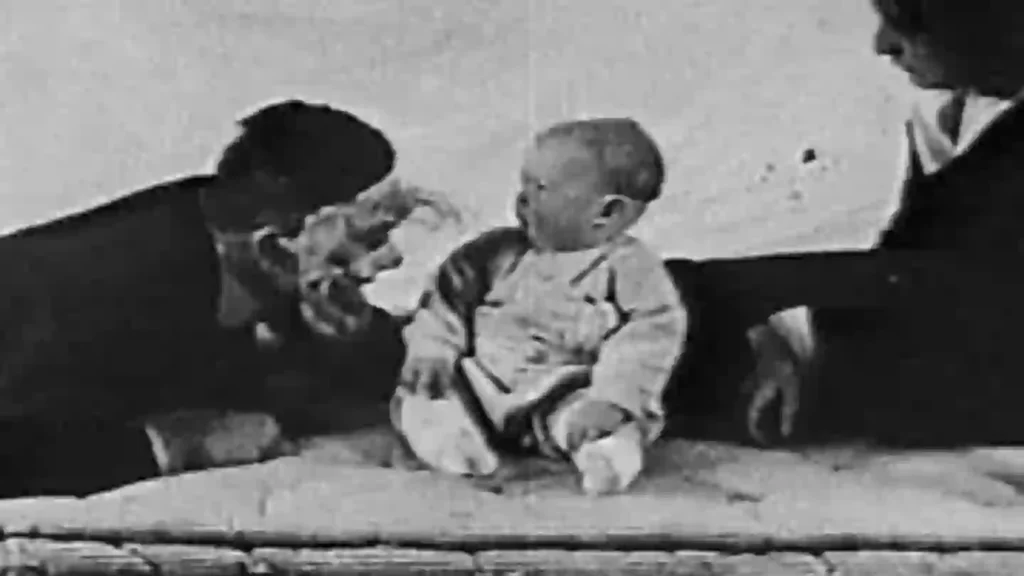Researchers spent years trying to work out the fate of the baby
Many of you are likely aware of Pavlov’s dog experiment, which famously demonstrated conditioning by training dogs to anticipate food upon hearing a bell.
The results were clear, as the dogs learned to salivate at the sound of the bell.
However, similar conditioning studies were also conducted on humans, including a nine-month-old infant.
Referred to as the ‘Little Albert experiment,’ psychologist John B. Watson aimed to provide evidence of classical conditioning in humans in 1919 by instilling fear through a rat.
So, what became of the little boy known as Little Albert or Albert B, in what is now often regarded as one of the most unethical experiments ever recorded?

Watson used a white rat to condition a fear response in Little Albert (Getty Stock Image)
Conducted by Watson and graduate student Rosalie Rayner, the experiment introduced Albert to various stimuli, such as a rabbit, monkey, a white rat, and burning papers, to observe his reactions.
Initially, Albert showed no fear towards these unfamiliar objects.
Then Watson altered the approach. Each time he presented the rat, he would create a loud noise by striking a metal pipe with a hammer, causing Albert to cry.
Watson repeated this process until the mere sight of the rat was sufficient to make Albert burst into tears.
After the experiment concluded, researchers were eager to discover the fate of little Albert.


